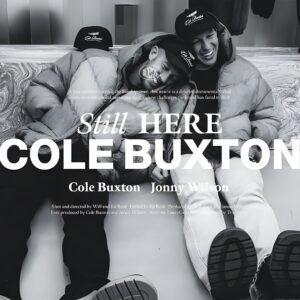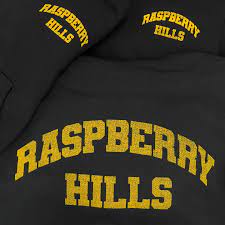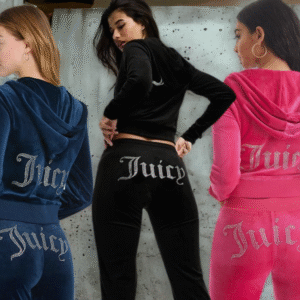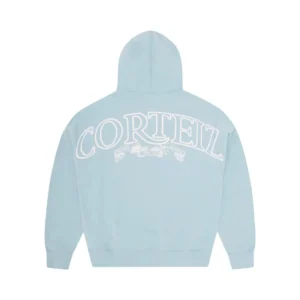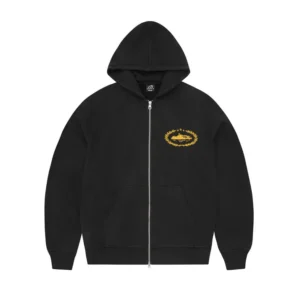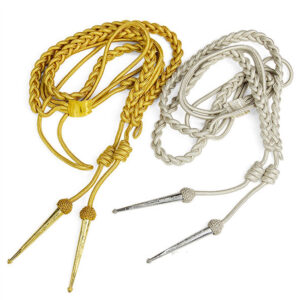Introduction
Slip on a shirt printed with a shared emblem and instantly feel part of something larger than yourself. A T-shirt with custom logo works as both badge and billboard, letting outsiders identify the group while encouraging insiders to act as one. The secret is pairing a well-chosen blank with a print technique that keeps colours bright wash after wash. Do it right and your organisation gains mobile publicity every time a wearer walks down the street.
Why Branded Tees Deliver Big Returns
Instant recognition
A crisp symbol on the chest removes doubt about who is in charge at an event, stall, or volunteer drive. Visitors find the right desk faster, queues move sooner, and overall impressions improve.
Low-cost impressions
Digital advertisements disappear the moment budgets pause. A quality tee, on the other hand, can clock hundreds of wear hours across months or even years—all for a one-time production fee.
Internal pride
People rarely frame staff ID cards, yet they often cherish a soft, well-fitted shirt. Wearing it outside office walls spreads good word of mouth organically.
Smoother coordination
Large conferences, charity runs, and college festivals involve many moving parts. Colour-coded garments showing the same logo let marshals spot volunteers quickly and keep schedules on track.
Choosing the Ideal Base Garment
| Aspect | Practical Guideline |
|---|---|
| Fabric | Pure cotton remains the favourite for breathability, while cotton-poly blends shrug off wrinkles and dry quickly. |
| Weight | A range of 160–180 gsm suits India’s varied climate, offering substance without causing overheating. |
| Cut | Regular fit flatters most body shapes; tapered versions serve fashion-forward crews. |
| Colour | Make sure the shirt tone contrasts with corporate colours so artwork pops even in photos shot on phones. |
Pro tip: order one physical sample in each size before bulk production. Team members can try them on and flag any tight shoulders or short hemlines that T-shirt with custom logo digital mock-ups might miss.
Primer on Popular Print Methods
- Screen printing – Still the go-to for runs above 100 pieces. Thick ink layers create vivid blocks of colour that hold up after countless washes.
- Direct-to-garment (DTG) – Sprays water-based ink straight into fibres. Perfect for small batches or artworks featuring shading and gradients.
- Heat transfer – A printed film is fused onto fabric with a press. Works well for photo-quality images, jersey numbers, or one-off names.
Cost per piece drops as volume climbs, yet artwork complexity also affects pricing. Limiting the design to four colours or fewer often keeps quotes friendly.
Bringing Polo Shirts into the Mix
Not all outings allow a casual crew neck. Trade fairs, golf fund-raisers, and Friday client visits call for a touch more polish. Polo T shirts with logo deliver that sweet spot between comfort and smart dress code. A knitted collar, two-button placket, and subtle tipping stripe lift presentation without forcing anyone into full business shirts. Many teams order matching tees and polos so staff can swap garments as the situation demands, all while keeping branding cohesive.
Practical Design Checklist
- Place the emblem on the left chest for quick identification in crowded halls.
- Keep line thickness above 1.5 mm to prevent ink spread or thread drop-outs during embroidery.
- Use outlines sparingly; filled shapes stay legible from afar.
- Include a secondary mark or slogan across the back for festivals where most photos show people from behind.
- Test new colourways under daylight and warm indoor lighting to avoid unpleasant surprises.
Field Story: Unitees by Style Union Lifts Visibility
A rising fintech firm in Bengaluru partnered with Unitees to outfit its 50-member office and 250 hackathon ambassadors. The order included navy crew necks for daily wear and grey polos for sales calls. During the three-month campaign:
- Branded apparel featured in 840 tagged selfies on social platforms.
- Site sessions from Bengaluru rose by 18 %.
- Job applications referencing company culture jumped 12 %, suggesting the clothing also affected employer brand.
The takeaway: targeted garment choices can influence far more than marketing metrics alone.
Caring for Printed Apparel – Tips to Share with Recipients
- Turn shirts inside-out before washing; this shields ink from direct friction.
- Use mild detergent and cold water to keep fibres strong.
- Line-dry in shade whenever possible; harsh sunlight can fade pigment over time.
- Skip bleach and harsh stain removers.
- If ironing becomes necessary, press on the reverse side at low heat.
When staff and supporters follow these steps, prints stay crisp and fabrics soft, extending the working life of each unit and stretching marketing value further.
Frequently Asked Production Questions
What minimum order size applies?
Screen printers often set a floor of 50-100 units, while DTG suppliers may process even a single piece. Clarify your expected reorder frequency; businesses with regular events can negotiate better tiered pricing.
How long does standard production take?
Expect 10–14 working days for most runs after artwork approval. Peak festive seasons can add a week, so lock schedules early.
Can different sizes carry unique artwork?
Yes, though each variation may incur new setup fees. Limiting changes to sleeve patches or back text rather than front logos manages costs.
Key Takeaway
Uniform garments act as silent spokespeople. A thoughtfully planned T-shirt with custom logo supported by matching polo T shirts with logo equips teams to spread awareness on their commute, during coffee breaks, and at weekend events. The recipe is simple: start with a comfortable blank, apply a print technique suited to artwork detail and quantity, issue clear care guidelines, and watch brand recognition grow—one wearer at a time.


